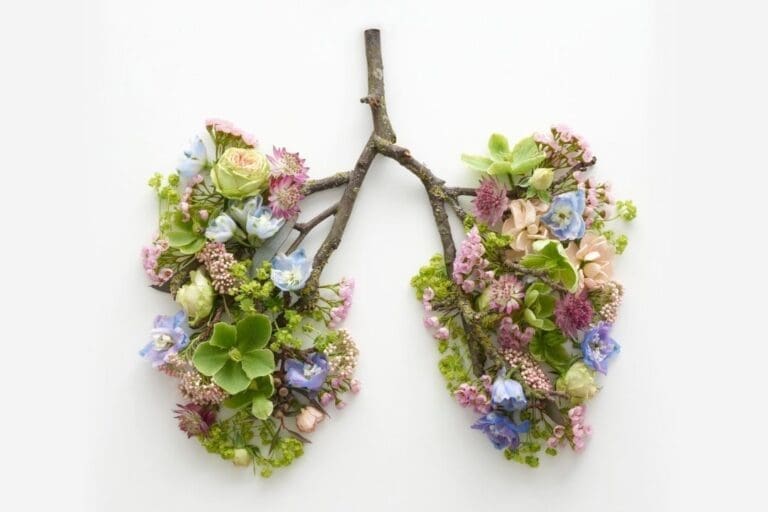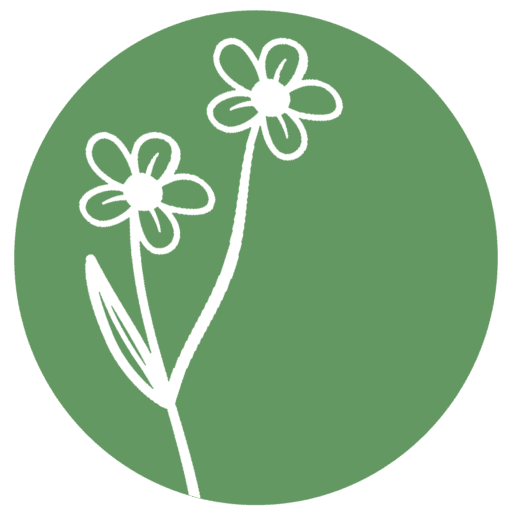Affiliate Disclosure: This post contains affiliate links. If you purchase through these links, we may earn a small commission at no additional cost to you. Thank you for supporting our blog!
Breathing is something we do without thinking, but the way we breathe can have a massive impact on our health. Many people unconsciously breathe through their mouths, especially while sleeping, exercising, or dealing with congestion. While it may seem harmless, chronic mouth breathing can lead to serious health issues, from poor oxygenation and sleep disturbances to increased risk of disease and facial structure changes.
Nasal breathing, on the other hand, is how our bodies are designed to breathe. It provides essential filtration, regulates oxygen intake, and supports overall health. In this post, we’ll break down the key differences between mouth breathing and nose breathing, why it matters, and how you can make the switch for better health.
The Differences Between Mouth Breathing and Nose Breathing
Mouth Breathing:
- Bypasses natural filtration, allowing more allergens and bacteria to enter the lungs
- Leads to lower oxygen levels due to improper gas exchange
- Can cause dry mouth, bad breath, and dental problems like cavities and gum disease
- Often associated with poor sleep, snoring, and sleep apnea
- Can lead to changes in facial structure, especially in children
- Increases risk of upper respiratory infections
Nose Breathing:
- Filters out allergens, bacteria, and pollutants through nasal hairs and mucus
- Increases oxygen absorption by producing nitric oxide, which improves circulation and lung function
- Helps maintain proper oral health by keeping the mouth closed and saliva production normal
- Supports deep, restorative sleep and reduces snoring
- Encourages proper tongue posture, supporting facial and airway development
- Strengthens the immune system by improving air quality before it reaches the lungs
Health Risks of Chronic Mouth Breathing
If you frequently breathe through your mouth, whether during the day or while sleeping, you may be unknowingly contributing to various health issues. Here are some of the most common problems linked to mouth breathing:
1. Reduced Oxygen Intake & Poor Brain Function
Mouth breathing doesn’t allow for proper oxygen exchange in the lungs, leading to lower oxygen levels in the blood. This can cause brain fog, fatigue, and difficulty concentrating. Long-term, reduced oxygenation may even contribute to cognitive decline.
2. Sleep Apnea, Snoring, & Poor Sleep Quality
Mouth breathing during sleep can lead to obstructive sleep apnea and snoring, which disrupts the body’s ability to enter deep sleep. This can result in chronic fatigue, hormone imbalances, and even cardiovascular issues.
3. Increased Risk of Cavities & Gum Disease
When you breathe through your mouth, saliva production decreases, leading to dry mouth. Saliva plays a crucial role in neutralizing acids and preventing bacterial overgrowth, so chronic dry mouth increases the risk of cavities, gum disease, and bad breath.
4. Changes in Facial Structure (Especially in Children)
Long-term mouth breathing can alter the shape of the face, particularly in growing children. It often results in:
- Narrower jaws and crowded teeth
- A receding chin or elongated face
- Poor tongue posture, which can affect speech and swallowing
5. Higher Risk of Respiratory Infections & Allergies
Breathing through the nose helps trap airborne pathogens, while mouth breathing increases exposure to bacteria and allergens. This can lead to more frequent colds, sinus infections, and allergy symptoms.
Holistic Ways to Transition from Mouth Breathing to Nose Breathing
If you’ve been a chronic mouth breather, making the switch to nose breathing can take time, but it’s absolutely worth it. Here are some steps to help you transition:
1. Address Nutrient Deficiencies
Certain vitamins and minerals play a key role in proper airway function and nasal breathing. Magnesium, for example, helps relax airway muscles, while vitamin D supports the development of strong airways. Consider incorporating foods rich in these nutrients or supplementing if needed.
2. Support Nasal Health Naturally
Herbal remedies like eucalyptus, peppermint, and saline rinses can help open up nasal passages. Diffusing essential oils or using steam inhalation can also promote clear breathing.
3. Strengthen Your Facial and Airway Muscles
Mouth breathing often results from weak airway muscles. Myofunctional therapy exercises can help strengthen these muscles and improve nasal breathing naturally. Try:
- Lip Seals – Hold your lips together gently while breathing through your nose.
- Tongue Presses – Press your tongue to the roof of your mouth and hold for a few seconds.
4. Practice Deep Breathing Techniques
Breathing exercises help retrain your body to rely on nasal breathing. Some effective techniques include:
- Diaphragmatic Breathing – Breathe deeply through your nose, allowing your belly to expand.
- Box Breathing – Inhale for four seconds, hold for four seconds, exhale for four seconds, and hold again.
5. Improve Sleep Position & Oral Posture
How you sleep plays a big role in your ability to breathe through your nose. Sleeping on your back with proper neck support can reduce mouth breathing. Practicing correct tongue posture during the day—keeping the tongue on the roof of the mouth—can also encourage better airway function.
Check out this organic cotton pillow for better sleep posture on Amazon
6. Clear Your Nasal Passages
If you struggle with congestion, you may be relying on mouth breathing without realizing it. Using a saline nasal spray, nasal rinse, or a neti pot can help keep your nasal passages clear.
Check out this saline nasal spray on Amazon
7. Practice Nasal Breathing Exercises
Breathing exercises can strengthen your nasal passages and make nose breathing feel more natural. Try the following:
- Alternate Nostril Breathing – Close one nostril, inhale deeply through the other, then switch.
- Buteyko Breathing Method – Take small, controlled breaths through the nose to retrain your body to tolerate lower oxygen levels, reducing the urge to mouth breathe.
8. Improve Your Posture and Tongue Position
Proper tongue posture helps keep the airway open and supports nasal breathing. Your tongue should rest on the roof of your mouth with the tip touching just behind your front teeth.
9. Get Evaluated for Airway Issues
If you struggle to breathe through your nose despite trying these methods, you may have a structural issue like a deviated septum or enlarged adenoids. Consulting an ENT (ear, nose, and throat) specialist can help address underlying concerns.

Make the Switch for Better Health
Breathing through your nose isn’t just a small adjustment—it’s a game-changer for your overall health. From improved oxygenation and sleep quality to better immune function and oral health, nasal breathing is the way your body was designed to function.
If you’ve been a chronic mouth breather, it’s never too late to change. Start with small adjustments like using mouth tape at night, practicing breathing exercises, and improving tongue posture. Over time, these habits can make a dramatic difference in how you feel.
By making the switch, you’ll not only improve your energy levels and mental clarity but also support long-term health in ways you might not have realized were possible.
Do you struggle with mouth breathing? Let us know in the comments—your experience might help others on the same journey!













